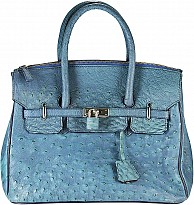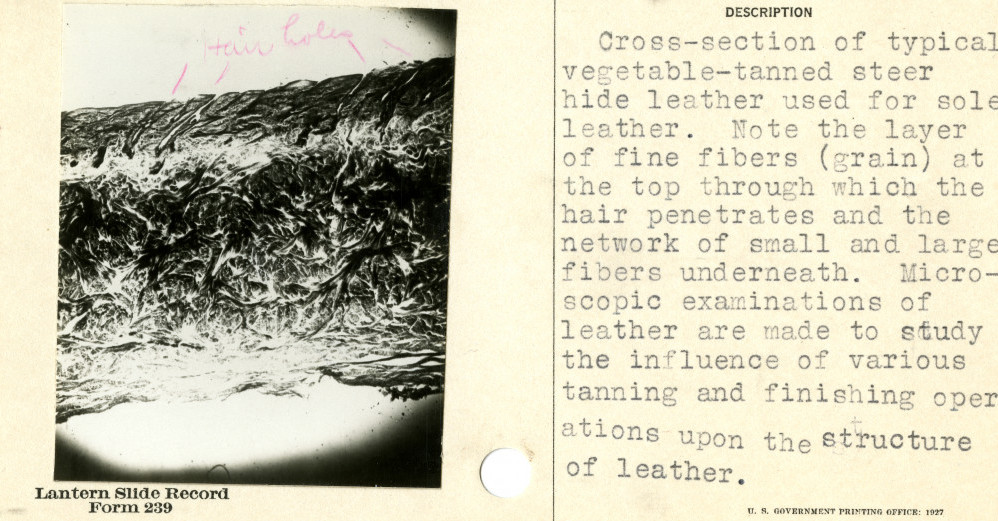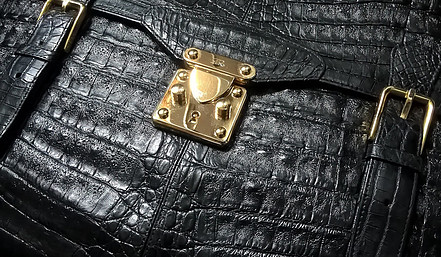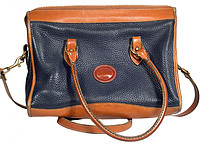Leather is leather, right? Why are some leather goods are waaay more expensive/affordable than others? Is it that we are just simply paying for the cute logo or because it has a certain name tag attached to it? Not really. But, the reason for the price on the tag is the quality of the leather being used in certain handbags. High quality purses are going to be worth the money!
*I would just like to disclose that as an associate, I receive commissions through purchases made in this post.
Not all leather is from the same part of hide
 If you are looking for a high quality leather purse, then it is also important to look at where the leather is coming from. To start, hide comes from larger animals, think cow, horse, and buffalo; while skin comes from smaller animals-think rabbit, pig and sheep. For this post, I’ll concentrate on cow hide since it is the most common leather. For that, you will need to get a brief lesson in the wonderful art of layers of leather hide. If you were to get a cross section sample of a piece of leather, you would see that there are several layers. These layers are part of that make the difference in quality and softness of a leather purse. There are 5 levels to leather hides:
If you are looking for a high quality leather purse, then it is also important to look at where the leather is coming from. To start, hide comes from larger animals, think cow, horse, and buffalo; while skin comes from smaller animals-think rabbit, pig and sheep. For this post, I’ll concentrate on cow hide since it is the most common leather. For that, you will need to get a brief lesson in the wonderful art of layers of leather hide. If you were to get a cross section sample of a piece of leather, you would see that there are several layers. These layers are part of that make the difference in quality and softness of a leather purse. There are 5 levels to leather hides:
1. Skin- This layer is removed for the tanning process because this is the layer that contains the hair.
2. Grain- This is the upper layer of hide. Leather that has this leather is called full grain leather because it contains all the other layers of hide below minus the fleshy layer (not useful for leather). Has the densest amount of leather fibers
3. Grain and Corium Junction- Located just below the grain layer. The fibers aren’t as dense. This layer is thinner than the grain layer. Including this layer would be considered leather as Genuine Leather
4. Corium- the Lowest layer of the usable hide. Has looser fibers than the grain and corium junction layer. Including this layer with or without the grain and corium would be considered Genuine Leather.
5. Flesh-Lowest total layer of the hide. As far as leather applications are concerned, this is generally not usable. This needs to reserved for your next steak dinner.

Within those layers the types of leather weight is made. These range from full grain, top grain, Genuine Leather, Split grain, and bonded leather. In order to be familiar with the layers described just above.
1. Full grain- Outermost portion of the hide layers. This leather has no sanding or buffing treatment done, with only the hair removed. If there are any imperfections in the leather, they will be visible since the leather is not sanded down. Looking at the fibers, they are very densely packed, making this layer highly water-resistant, tough and very durable for use over time. Speaking of use over time, this leather will tend to develop a color change known as a patina. The patina makes the leather smooth and shiny as well, but will not affect the durability of the leather.
2. Top grain- This type of leather is nearly identical to the full grain, but the difference in this leather is that the uppermost layer has been sanded and buffed down to remove the imperfections that may exist. This will result in a softer, more flexible material in the end of processing. The one drawback is that the leather won’t be quite as water resistant as the full grain leather. This leather now has the ability to accept dyes and finishes.
3. Split grain- This layer comes includes the lower region of the grain and corium junction to the top half of the corium. It could also be just the corium layer and stops at the fleshy layer. The fibers in this layer of leather has loosely packed fibers, making way for a very soft and flexible leather. This layer is not very water resistant. Many of these leathers are dyed a variety of colors or may even be embossed. Because of the softness and colors, this leather is attractive to the eye.
4. Genuine leather- This is classified as any layer within the hide. Treatments such as buffing and sanding are done to be sure the appearance is uniform throughout the piece. It may also be dyed or stamped to ensure uniformity. This will change the quality from that of a full grain, top grain, or split grain leather.
5. Bonded- Scrap pieces of leather are finely shredded and bonded together with either a polyurethane or a latex compound to ensure some stability. The appearance and use will vary as there is no uniform standard as to how much actual leather fiber needs to be in the bonded leather product, which can alter their strength and usability. It’s unlikely this leather will be in a designer purse.
Leather sources in the hide
Now that we have looked at the leather and what makes up each layer’s quality, let’s look at exactly where the leather originates. Even from the same animal, a different part of the hide will yield different qualities and softness. Exactly where on the hide would we get the highest quality of leather? Looking at a cow diagram, imagine 4 layers of different-sized blankets covering the entirety of the back up to the neck of the cow. The largest blanket is includes the legs, the belly, and the head of the cow. This layer is considered the 4th grade leather, which is not the best leather for leather designer purses. Third grade leather includes the neck down just above the belly. One issue with third grade leather is that it tends to swell in water. Not the ideal place to get good leather for a high quality leather purse. Second grade includes the lower back region and may be used for some good purses. First grade leather is a smaller region located about the small of the back surrounded by the second grade leather. This is where the highest quality leather is sourced.

*I would just like to disclose that as an associate, I receive commissions through purchases made in this post.
Click here to find some fine leather purses and more!
Finished leather treatments
Not all leather purses sold are done with just their natural color. Some leather might have bright, vibrant colors. Not all the treatments are listed, but some of the most common ones for luxury purses are Aniline, semi-aniline, pigmented and printed leather.
Aniline- A soluble dye is applied, which allows the natural surface to show, which may include blemishes. The leather is then covered with a protective coating for a longer wear.
Semi-aniline- Only slightly pigmented, but is similar to the aniline finish.
Pigmented- A colored top coat and protective layer is applied. This treatment also evens out the tone in the end product.
Printed- A surface printer stamps a pattern and texture on the surface of the leather. This helps out two ways: It improves the aesthetic and also adds a layer of protection because printed leather also has a protective coating applied.
Other sources of leather
If it was an animal, then leather can be sourced from the hide or skin. Not all leather had fur, some come from birds and reptiles as well. The list of animals used for leather is far too long, but for designer purses, besides cowhide, calfskin, snake, alligator and even ostrich have been used to make the handbags. The more exotic the leather, the more expensive it is because of how difficult it is to acquire due to limitations in the amount of leather from that animal is available.
You’re paying for craftsmanship
Have you ever noticed how the logos on a printed designer or luxury bag always look perfect? Time and care is taken for prints to be lined up. But what if there is no print, and it’s just natural leather? The same goes for those bags and other products as well. Have you ever noticed that you never see loose threads on a designer handbag, but you’ll see lots of them on a budget bag no matter where threads are seen? Learning how to work properly with leather takes time to be able to work along the different grains and different textures to ensure an even result. This might not happen in a budget bag.
To sum it up
If you are looking for a high quality purse, it’s important to know what type of hide or skin material the purse is made. Also, keep in mind that the leather grade also plays a role in the quality of the leather; along with the finishing treatment. All the rest is a matter of personal preference in regards to style, size, color, and manufacturer